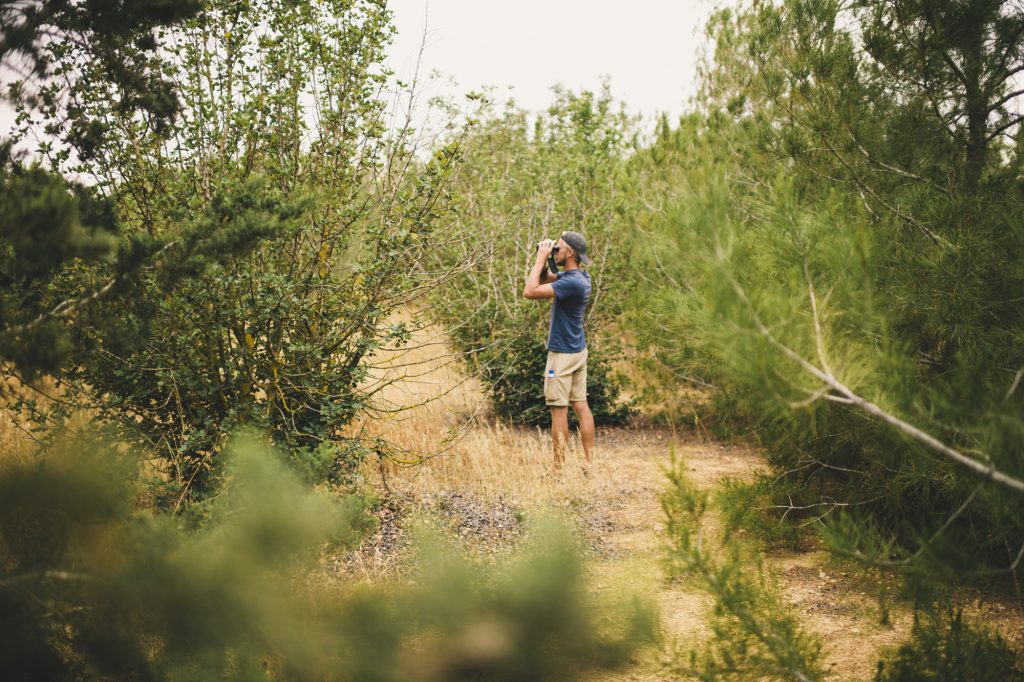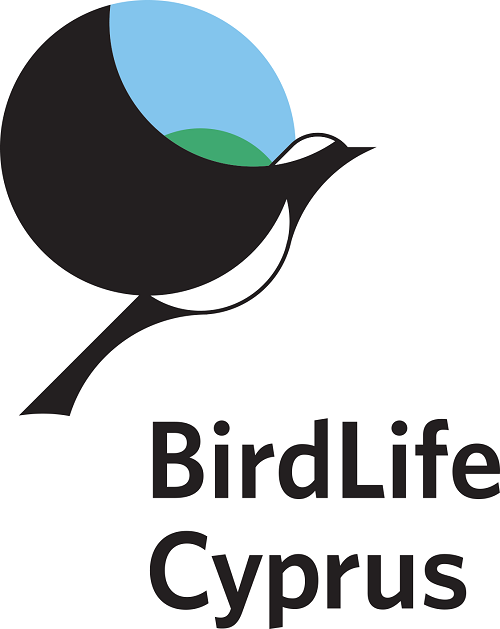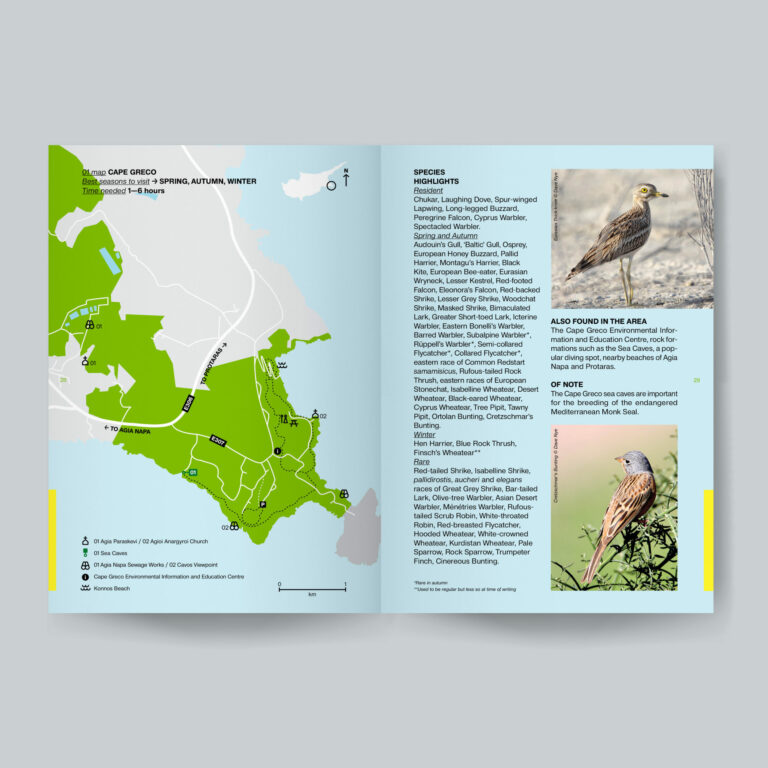How to start birdwatching
- Homepage
- Pages
- Guide to birdwatching
- How to start birdwatching
- Βirdwatching
How to start birdwatching
Birdwatching is a pastime that can be enjoyed almost anywhere. As a beginner, you may find that bird identification can be a bit tricky at times, but that is part of the beauty of birdwatching – the challenge. We say ‘part’ of the beauty, because birdwatching is not just about identifying different species of bird. It is also about observing a bird’s behavior, its unique characteristics and its relationship with the natural world. Even if you are not able to identify a bird, just watching it is oftentimes all you need to connect with nature.
Get the right equipment
Although it is possible to see and hear a lot without any equipment at all, the whole experience is enhanced when you can see the details on a bird with the help of a pair of binoculars or a telescope. In the beginning, you don’t need to worry about what kind of binoculars you’re using because there are different types, each with their own advantages and disadvantages (and price tag), which you will learn about along the way.
Make sure you use an identification guide suited for your area since different areas in the world have different species and subspecies. For Cyprus, we recommend the “Collins Bird Guide – The most complete guide to the birds of Britain and Europe”.
Since birdwatching is an outdoor activity, you will need proper clothing and protection to keep you going for long periods of time, which are sometimes needed for birdwatching. The weather in Cyprus calls for a hat and regular sunscreen application in order to keep your head cool and keep you protected from sun burns. Water is a must in all situations and especially in the summer when temperatures are high.

Do some preparatory work
Studying the bird guide will help you prepare for your first outings. Keep this book in a place where you’ll be able to leisurely flip through it for a couple minutes each day. What are the different kinds of birds? Where do they live, and in what seasons? Don’t worry at this point about how to identify anything, just focus on figuring out what’s out there.
Keep in mind that birdwatching is not just about seeing. It is about listening too. Did you know that a bird’s call or song is usually the first sign of its presence? Birds use songs (longer in duration) and calls (shorter in duration) to defend their territory, warn of danger, to tell other birds they’ve found food, to attract a mate or contact their young or other birds of their species. Each species of bird has its own unique voice. With a bit of practice, you will be able to identify species based on their sound alone.
If you don’t own a bird guide yet, you can check our Birds A-Z section to start familiarizing yourself with some of the most common birds of Cyprus and their songs/calls.
Remember that for some species, the plumage changes according to the season and with age, and also differs between males and females.
Know when & where to go
Choose an hour of the day when birds are most active. Usually, the best hours to birdwatch are early in the morning or late in the afternoon. If it’s windy or very rainy, birds are not very mobile and are not easily seen. Different seasons mean different birds at different locations. With more than 280 migratory species making the Cyprus list, many birds can only be found here at specific times, either during the migration periods, in spring and in autumn or in the winter.
Start close to home. Your garden, your neighborhood or a nearby park may be more interesting than you think. As you gain more experience, you may begin exploring more remote and natural areas, such as wetlands, farmland or forests, including areas with nature trails or bird hides. Throughout the island, there are areas rich with birdlife as they are important to birds for their breeding, feeding, resting or wintering. Some species of bird however can be found all over the island, even in the cities.
For the latest bird sightings, click the link below to see what’s been seen and where.
Our Featured Product
Birdwatching in Cyprus: Where to go and what to look out for | English edition
Price: €18.00
Cyprus is an important place for birds on a regional and international level. Over 400 species of bird have been recorded here, most of which occur as regular passage migrants. This book features ten birdwatching locations across the island and the species one might see there, along with detailed maps and instructions on how to get there. It also presents in brief six additional birdwatching locations and includes a comprehensive checklist of the birds of Cyprus.
Keep a birdwatching journal
Keeping a birdwatching journal can help you improve your birding skills, sharpen your observation and memory skills, and make your sightings more valuable for you and for science. All you need is a pocket-sized notebook and a pencil! Start out each trip by noting down the date, time, place, and weather conditions.
During the initial learning period here are a few things to concentrate on and make note of:
- Where did I see this bird? How big was it?
- How did its size compare to other birds around it?
- What colours and patterns did its plumage & bare body parts have (bill, legs, claws etc)?
- What was it doing? (perching, singing, feeding, preening)
- What was it eating?
- Was it alone, in a pair, or in a flock?
- What was its song or call like?
Birding responsibly
When birdwatching, you need to be quiet, patient and also respectful towards birds and nature – you are visiting their home after all. Only then will birds reward you with their magnificent presence and behaviours, as they go about their daily lives undisturbed. Check the Code of Good Practice for important rules that every responsible birdwatcher knows and observes every time they are out in nature.
Join a BirdLife Cyprus field trip

One of the best ways to learn a new skill is to do it with experienced people who have a passion for it. By joining a BirdLife Cyprus field trip you can see how other birdwatchers spot the birds around them and how they identify them. They can also tell you which locations are good and can share with you valuable advice that they have gained through their years of experience.
The cost for participating in a field trip is 10 euros per person for non-members, free for members of BirdLife Cyprus and for all children under 12 years old. You can check the field meeting schedule here.
We would be happy to welcome you to one of our field trips!












